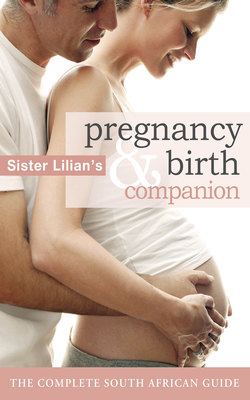Читать книгу Sister Lilian’s Pregnancy & Birth Companion - Lilian Paramor - Страница 12
На сайте Литреса книга снята с продажи.
FERTILISATION
ОглавлениеA baby girl is born with all the egg cells she will ever have, as opposed to a boy who constantly produces new sperm cells after puberty. During each month from puberty, one egg cell is released from one of the ovaries at the time of ovulation, usually alternating between the ovaries every month. The quality of ova deteriorates as a woman ages. This is one of the factors responsible for increased infertility and abnormalities of babies in older women.
Fertilisation is the penetration of an ovum (female egg cell) by a male sperm cell. The ovum is released from the ovary into the Fallopian tube and is moved along by the wave-like motion of the muscle fibres of the tube walls. If one of the myriad sperm cells released into the vagina during lovemaking meets the ovum and penetrates the egg cell’s ‘shell’, conception occurs. In a regular menstrual cycle, this will usually be about fourteen days before the next menstruation. The fertilised egg cell continues down the Fallopian tube until it reaches the womb, about seven to ten days after conception, where it nestles in the thickened endometrial lining of the uterus. This is called implantation.
